§ɦṛɛɗɗịɛ ßịⱺ𝔩ⱺɠịᵴŧ
“I would rather have questions that can’t be answered than answers that can’t be questioned.” - Rich Feynman
- 777 Posts
- 325 Comments

 5·22 days ago
5·22 days agoYa, they should have worded the title more accurately. It’s a reference to your biological age, which is the age of your cells/tissues/organs. You have a variation of biological ages across your different cells/tissues/organs. This makes it pretty wild the education of your grandparents would have any impact on it!

 221·1 month ago
221·1 month agoI’d recommend https://privatebin.info, https://toptal.com/developers/hastebin, or https://rentry.co. All are open source and awesome replacement options. PrivateBin is a software package you download, while the other two are webapps.

 51·1 month ago
51·1 month agoThat’ll make it so you’re not bothered by banners anymore, so I’d say yes. I activate everything listed and then import others filters from filterlists.com. Here’s a link which will let you add the Easylist Cookie Lists: https://filterlists.com/lists/easylist-cookie-list
I’d recommended adding EFF’s Cookie Block List, which you can find here: https://filterlists.com/lists/eff-cookie-blocklist

 71·1 month ago
71·1 month agouBlock doesn’t block cookies directly but it can be setup to block the domains associated with cookies. Adding the EasyList Cookie will accomplish this. It will prevent websites from setting cookies when you visit them. As far as essential cookies go, I’d assume the Easylist blocks cookies which won’t affect the websites function.

 71·1 month ago
71·1 month agoThe fuck!? I’m already late for work, I don’t have time to Finish Him, or anyone! I got to get to the office!!

 81·1 month ago
81·1 month agoIt’s 100% a feature! Truly a horrendous approach to lock down a device someone purchased to the extent seen on Windows.

 42·1 month ago
42·1 month agoLinux can’t prevent you from permanently removing files. While in Windows it’s a chore to remove a number of files/bloat, which are then most often back after a system update.

 7·1 month ago
7·1 month agoYep, @gravitas_deficiency@sh.itjust.works knows what’s up. PFAS are one group of forever chemicals. While 2,3,7,8-tetrachlorodibenzofuran (TCDF) shares many characteristics with “forever chemicals” like PFAS, including persistence, bioaccumulation, and toxicity, it belongs to a different chemical class (Persistent Organic Pollutants aka POPs). Nonetheless, its environmental and health impacts are significant, and efforts are needed to reduce its presence in the environment!

 62·1 month ago
62·1 month agoThis is another reason to favor Beyond over Impossible! Additionally, Beyond has always been gluten-free while Impossible made their recipe gluten-free years down the road.

 81·1 month ago
81·1 month agoIn part, according to one of the head researchers, “compared to prior studies that relied solely on epidemiological data, we integrated multiple layers of information, including epidemiological data, conventional metabolic biomarkers, and cutting-edge metabolomics”.
So in addition to finding the metadata, they also dug into the biomarkers present, which the molecular pathways are already known in detail. On top of this, metabolomics interpreted the chemical processes involving metabolites, the small molecule substrates, intermediates, and products of cell metabolism. Together, these aspects helped demonstrate the molecular consequences of ingesting animal products. The epidemiological layer assessed the incidence rate of developing T2D and then investigated how many involved the consumption of animal products for the individuals.
This being the case, it appears to be more than just correlation, as once the metadata was found, the team investigated the causation of the metadata’s findings.

 3·1 month ago
3·1 month agoThis is wild, TLR4 is associated with our immune system’s identification of LPS, which is found in the outer layer of gram-negative bacterial cells. So why it’s associated with the SARS-CoV-2 virus is mind-bending. For anyone interested in the TLR’s found in the immune system, here you go:
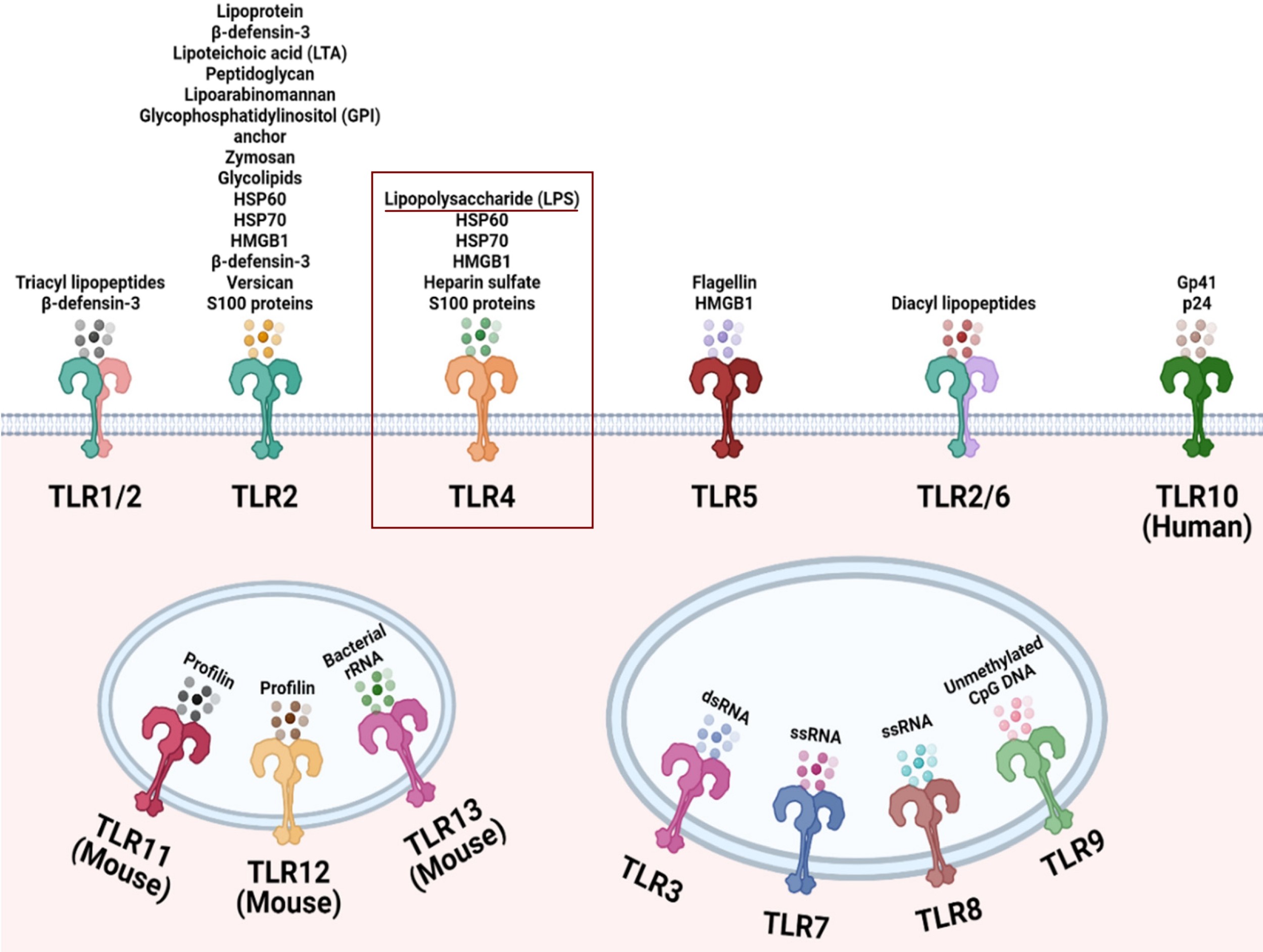
It’s well-known NF-kB is directly associated with NOD-Like-Receptors, which produces inflammation as an inflammasome. This is what allows immune cells to target the area in numbers. But the TLR4 involvement here is puzzling, would have 100% bet against its involvement in the immune response to SARS-CoV-2!
Edit: For clarity, S100 proteins are only found in vertebrates, and Heparan Sulfate is expressed by mammals on cell surfaces and in the surrounding extracellular matrix. HMGB1 works as a chromatin binding factor in our bodies. HSP60 + HSP70 (known as Heat Shock Proteins) are found in both prokaryotes and eukaryotes and are a response to stressful conditions. They’re basically chaperones and help control protein folding, transport, degradation, cell differentiation, and translocation. But viruses aren’t prokaryotes, so the HSPs they’re using during an infection are from the host. This helps show why I’m soo blown away with TLR4 being involved here!!

 71·1 month ago
71·1 month agoI went with Petlibro for the feeder and fountain, they’ve worked well for me.

 81·1 month ago
81·1 month agoI bought my cat an auto feeder and a filtered water fountain. Definitely quite pricey, but it’s amazing not getting woken up by meows to feed her each morning. Plus, it keeps her on a consistent schedule and seems like she drinks much more water with the filtered fountain too.
Arnold H. Glasow basically covered this indirectly when he said “the fewer the facts, the stronger the opinion.”

 4·2 months ago
4·2 months agoI studied Microbiology and Immunology in undergrad and now working on an immunology PhD. It’s for sure my favorite system to study. Check out Jane Way’s Immuno Biology. It’s an amazing book to get comfortable with how elaborate the immune system function is in our bodies. Learning something new everyday is a goal of mine, sounds like it’s the same for you too, which is fun. But ya, immunology is the bee’s knees’s!!!

 3·2 months ago
3·2 months agoYa, feedback loops are everywhere in the body. It’s basically the default for any reaction involving enzymes, which is most of them. But since heart attacks are a clogging of the passage and only result in tissue damage, I could only see this being used afterwards. But with spinal injuries, it maybe a different story.
I’d bet the collagen is there to ensure it’s well received in the heart. As collagen is the main structural protein in the extracellular matrix of a body’s various connective tissues. It could also be a guide to ensure it goes to the right location.
Well, it’s definitely not an antagonist, it’s more the activator of healing if anything. When used for spinal cords, it was “injected as a liquid, the therapy immediately gels into a complex network of nanofibers that mimic the extracellular matrix of the spinal cord. By matching the matrix’s structure, mimicking the motion of biological molecules and incorporating signals for receptors, the synthetic materials are able to communicate with cells.” So the motion is just used to active the tissue repair process.
When it comes to immune cells, Th2 is only found as the primary immune pathway in the heart after cardiac arrest. Beforehand it’s mainly Th1, which is ideal to eliminate forien bacteria as well as viruses. Th2 is primarily for parasite defense, while also resulting in allergies and the regeneration of mucus. This is a contributing factor in being more likely to have a 2nd cardiac arrest after the 1st.
Th2 vs Th1 is a complex relationship, and it’s primarily formed earlier in life. This is why some folks in the 70s used tape worms to cure aliments. It shifted the Th1 response to Th2, providing some relief, yet you had a tape worm in you…

 3·2 months ago
3·2 months agoThe dancing molecules lead to gene expression which then starts regenerating the cartilage. They are basically an on switch for the repair. This is massive as it could prevent cardiac arrest from occurring down the road. When cardiac arrest takes place, the chances of it happening again drastically increase due to an alternation of the immune cells made in the heart.
For my fellow nerds, cardiac arrest leads to Th2 immune cell production in the heart instead of Th1, and Th2 is great against parasites, but that’s not very helpful at keeping the heart safe. Th2 is also involved in most allergies, which isn’t ideal here either. Meaning, by turning on repair genes in the heart before things get more out of line, it will decrease the chances of cardiac arrest, which has numerous benefits immediately as well as down the road.
Like most biological reactions, tissue repair is regulated in a feedback loop. So the dancing molecules get the process started, and once complete the body then stops, as this allows for energy conservation.
You can pick what search engines are sourced, which is fanatic, and it’s fully anonymous. My preferred instance is disroot’s (https://search.disroot.org) as they are a super trustworthy nonprofit in my book.

 71·2 months ago
71·2 months agoAegis is the move, my favourite option for sure!

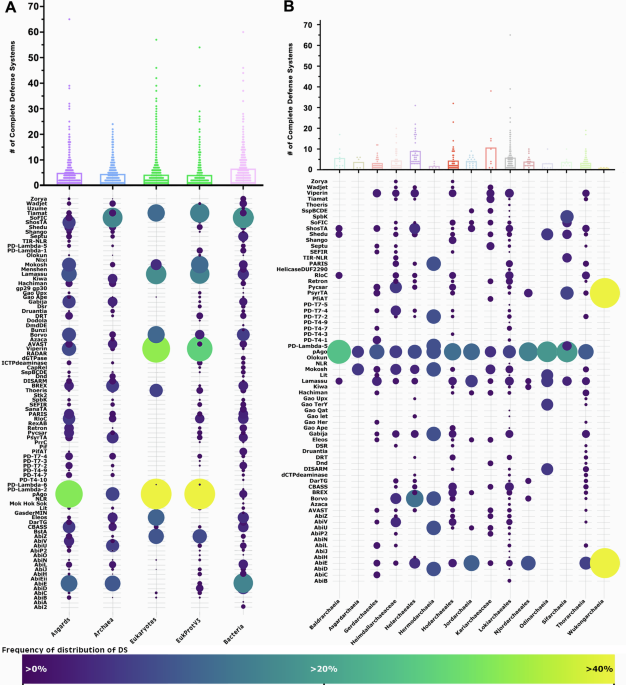
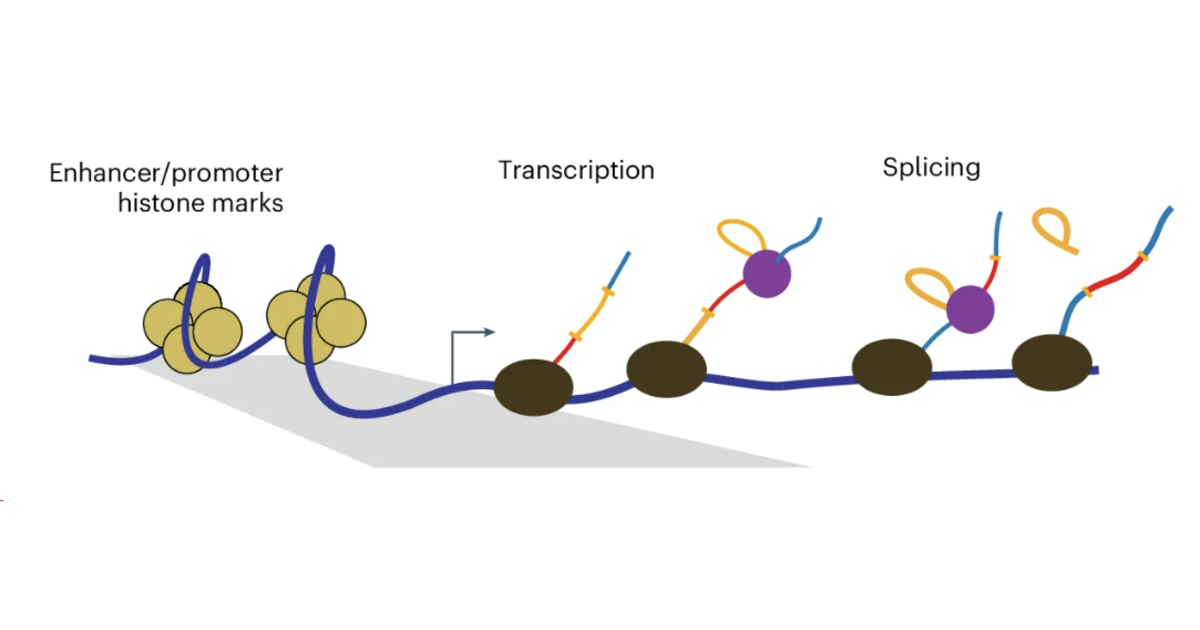











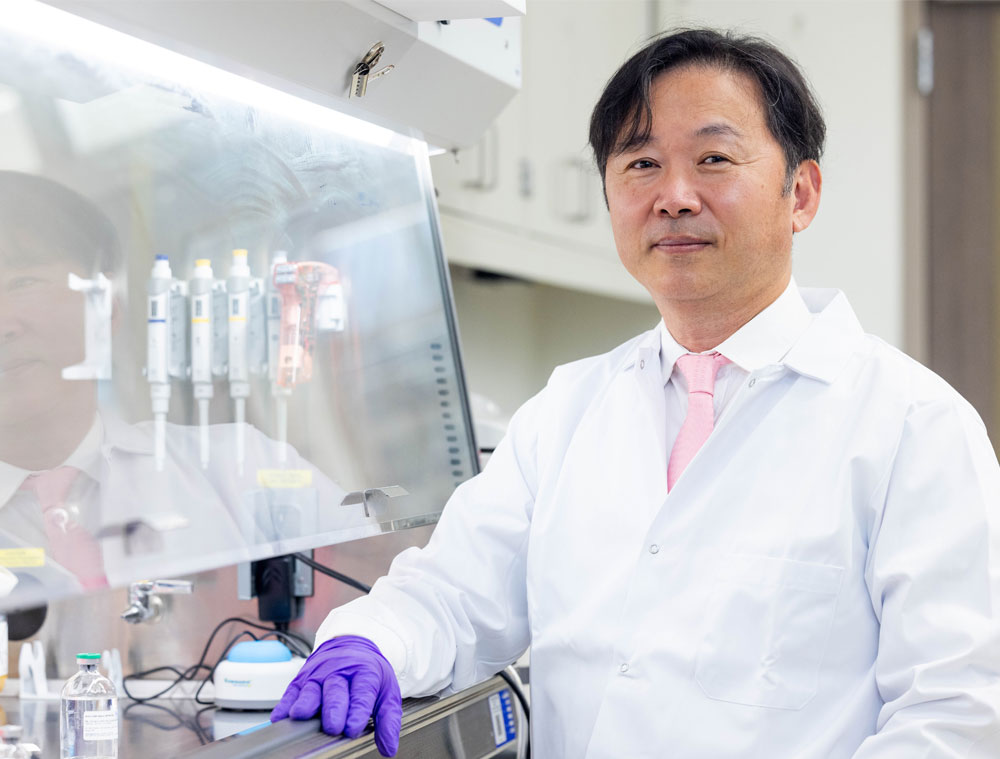


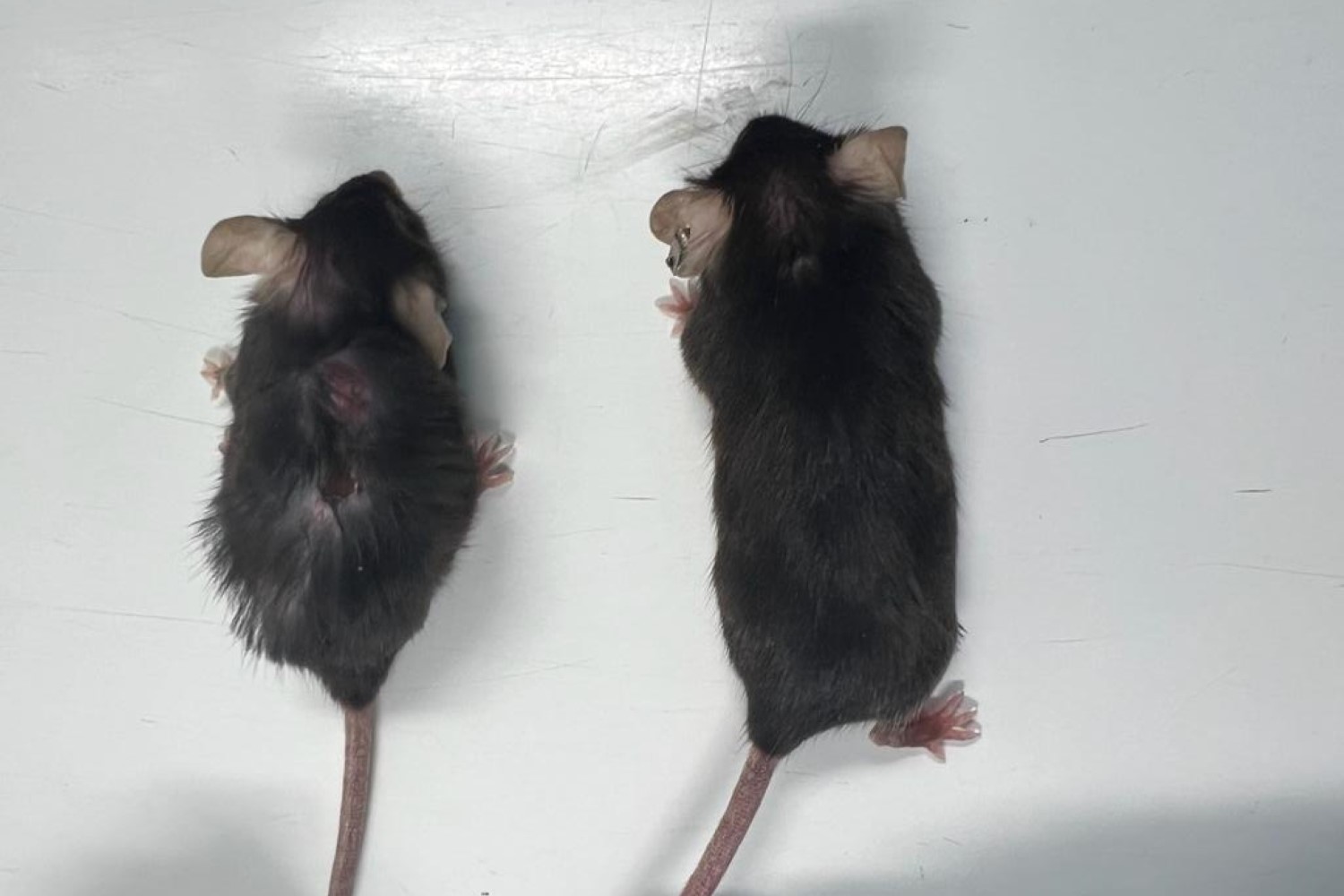


So Ubuntu has a version called Lubuntu, which used to come with LXDE, but now it comes with LXQt. So this will require you to install LXDE with the tasksel command, unless you start with Ubuntu desktopless. But I’d say to definitely check out Kubuntu, it’s the KDE version, and I feel like KDE and LXDE are quite similar. Both have an older windows overall appearance.